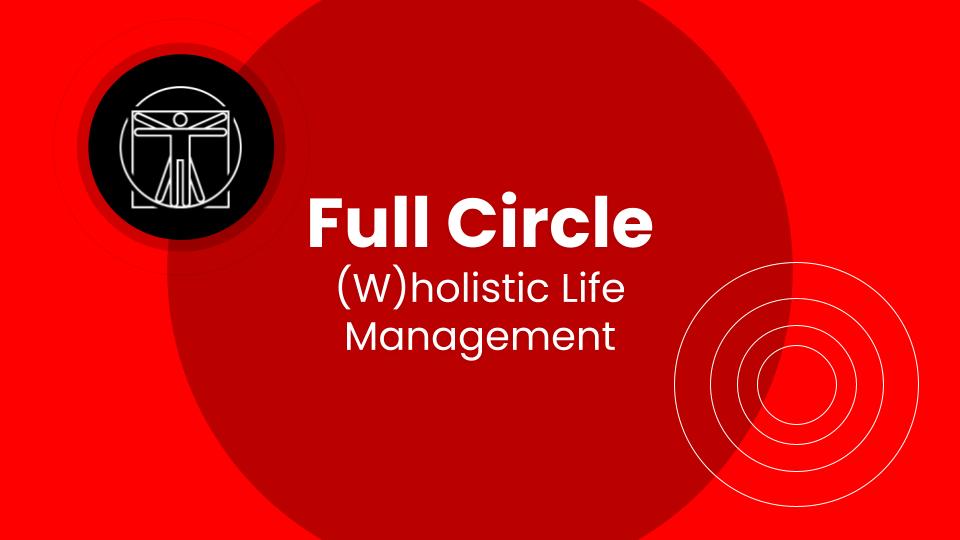Tag: why
-

Full Circle: (W)holistic Life Management
With this presentation, I wanted to start a discussion about how to “be better” in your own life, how to exceed your own expectations, how to push beyond your own limits. I was inspired by numerous references that are mentioned.
